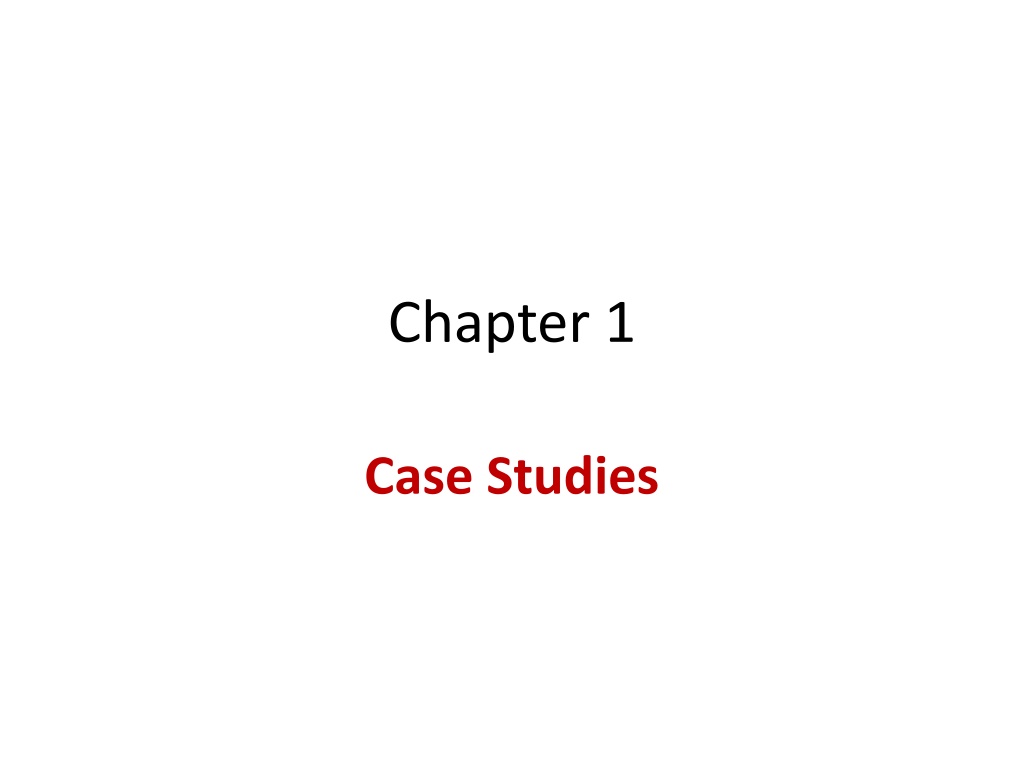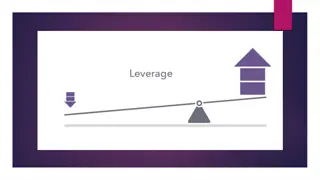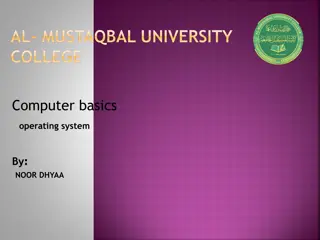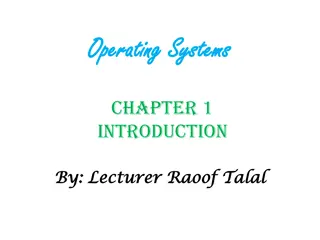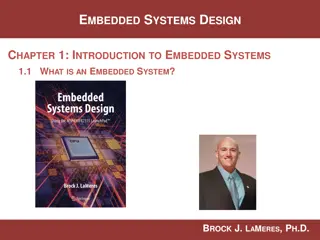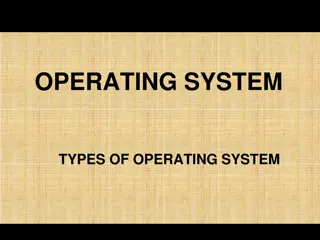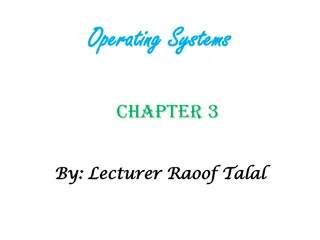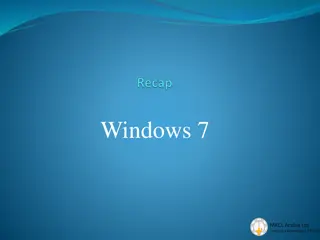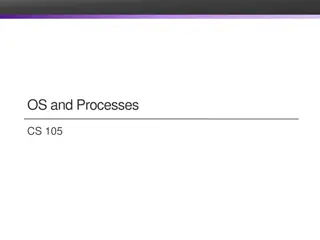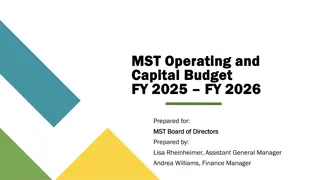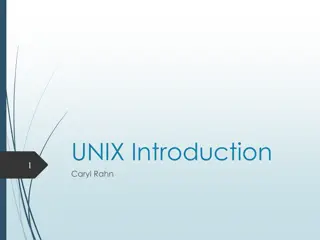Case Studies: Operating Systems Overview
This collection of case studies delves into the classification of operating systems, focusing on popular systems like DOS, UNIX, and Linux. Explore the evolution, features, and advantages of each system through insightful analysis and images.
Download Presentation

Please find below an Image/Link to download the presentation.
The content on the website is provided AS IS for your information and personal use only. It may not be sold, licensed, or shared on other websites without obtaining consent from the author.If you encounter any issues during the download, it is possible that the publisher has removed the file from their server.
You are allowed to download the files provided on this website for personal or commercial use, subject to the condition that they are used lawfully. All files are the property of their respective owners.
The content on the website is provided AS IS for your information and personal use only. It may not be sold, licensed, or shared on other websites without obtaining consent from the author.
E N D
Presentation Transcript
Chapter 1 Case Studies
operating system (OS) OS is a system software that manages computer hardware and software resources and provides common services for computer programs. I.Sarah AlShalan 2
The Classification of Operating systems Multi-user: Allows two or more users to run programs at the same time. Some operating systems permit hundreds or even thousands of concurrent users. Multiprocessing: Supports running a program on more than one CPU. Multitasking: Allows more than one program to run concurrently. Multithreading: Allows different parts of a single program to run concurrently. Real time: Responds to input instantly. I.Sarah AlShalan 4
DOS DOS (Disk Operating System) gained a reputation by supporting operating systems developed by IBM and Windows. DOS was prominent in the industry up until support was terminated for Windows ME. Though it's not as sophisticated as modern systems, DOS offers many advantages to the user. This system is very stable and rarely endures crashes. It can display content on an arcade monitor without the aid of special hardware and the use of batch files offer a high degree of customization. While the system is still used, DOS has become more difficult to manage as support is limited. I.Sarah AlShalan 5
UNIX UNIX is an operating system which was first developed in the 1960s, and has been under constant development ever since. By operating system, we mean the suite of programs which make the computer work. It is a stable, multi-user, multi- tasking system for servers, desktops and laptops. UNIX systems also have a graphical user interface (GUI) similar to Microsoft Windows which provides an easy to use environment. However, knowledge of UNIX is required for operations which aren't covered by a graphical program, or for when there is no windows interface available. I.Sarah AlShalan 6
UNIX There are many different versions of UNIX, although they share common similarities. The most popular varieties of UNIX are Sun Solaris, GNU/Linux, and MacOS X. I.Sarah AlShalan 7
Linux The Linux operating system is developed on a kernel based on Unix. It is known as one of the most secure platforms, yet Linux is often viewed as more complex. Linux is the result of an open-source project, allowing users and developers to access the source code for free. Because it requires less hardware, Linux is capable of providing exceptional performance even on a smaller hard disk. I.Sarah AlShalan 8
Linux Large communities of users exist for this system, constantly contributing to the code and making improvements. The server-based concept of Linux has resulted in fewer home users and a lack of multimedia support for the system. I.Sarah AlShalan 9
Mac OS X Mac OS X is Apple's trademark operating system software for their line of Macintosh computers. The system was based in part on Unix and mimics it's format with the administrative controls. Mac OS X software requires a low level of maintenance with fewer occurrences of computers worms, viruses and spyware. The Apple operating system does have some disadvantages, primarily in regard to software and hardware compatibility. I.Sarah AlShalan 10
Windows The Microsoft Windows operating system is the most popular choice and currently has a stronghold over the market. This platform has made significant advancements from version 1.0 all the way to the new Vista system. The Windows system is highly compatible, feature-rich and has a much larger selection of software applications. Unlike the Linux kernel, Windows is proprietary software and tends to be more expensive than others. Despite widespread usage, Windows has been heavily associated with the term "insecure" as a number of security vulnerabilities have made it the most targeted system. I.Sarah AlShalan 11
Windows Frequently exploited by hackers and malicious code writers, it is recommended that any Windows operating system with internet access be protected by some form of security software. Although the XP version is still popular among users, support for this system will conclude in 2009 as more emphasis will be placed on developing the Vista series. I.Sarah AlShalan 12
References: http://www.spamlaws.com/operating-system- comparison.html http://www.ee.surrey.ac.uk/Teaching/Unix/unixintro.html http://www.webopedia.com/TERM/O/operating_system.html I.Sarah AlShalan 13
